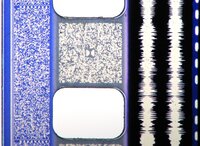 In Hollywood, we have a saying, "You live or die in the dailies!" Because that is when the producer evaluates the performance of the entire crew. In the real world, where time is money, no one is going to wait until the first cut (six weeks after the end of production) to make a decision. Technicians and even Directors will be gone before their next pay check if their work doesn't shine in that screening room or on that video playback monitor! A Sound Mixer whose tracks are consistently unusable, whose material always sounds like it will need a lot of sweetening or fixing up later--is not going to be kept around!
In Hollywood, we have a saying, "You live or die in the dailies!" Because that is when the producer evaluates the performance of the entire crew. In the real world, where time is money, no one is going to wait until the first cut (six weeks after the end of production) to make a decision. Technicians and even Directors will be gone before their next pay check if their work doesn't shine in that screening room or on that video playback monitor! A Sound Mixer whose tracks are consistently unusable, whose material always sounds like it will need a lot of sweetening or fixing up later--is not going to be kept around!
Series - Elements of the Soundtrack
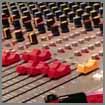 This series of articles serves as the starting point in understanding the role and construction of the soundtrack for film and video production. It covers the basic aesthetics of a Hollywood soundtrack, starting from its early history to its modern incarnation in the digital age. In addition, we present a general overview of an average audio post-production workflow.
This series of articles serves as the starting point in understanding the role and construction of the soundtrack for film and video production. It covers the basic aesthetics of a Hollywood soundtrack, starting from its early history to its modern incarnation in the digital age. In addition, we present a general overview of an average audio post-production workflow.
Chapter 2: Elements of the Soundtrack
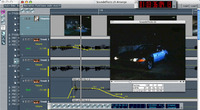 Much of what a Production Mixer does is based upon his or her assessment of what will be needed later on during post-production (editing & final mixdown). With that in mind, let’s begin with a brief overview of “post” and work our way back to the production side of things. Key elements include Narration, Music, Sound Effects, and Dialogue.
Much of what a Production Mixer does is based upon his or her assessment of what will be needed later on during post-production (editing & final mixdown). With that in mind, let’s begin with a brief overview of “post” and work our way back to the production side of things. Key elements include Narration, Music, Sound Effects, and Dialogue.
Chapter 3: Production Sound
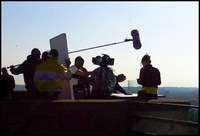 What is Production Sound? It can be defined as the complex craft of recording live dialogue and sound effects on the set during principal production of a motion picture or video. By complex craft, we mean a blend of artistic as well as technical skills. Not only must the sound mixer be creative, but he or she must also master the electronic hardware and skillsets necessary to capture good location audio.
What is Production Sound? It can be defined as the complex craft of recording live dialogue and sound effects on the set during principal production of a motion picture or video. By complex craft, we mean a blend of artistic as well as technical skills. Not only must the sound mixer be creative, but he or she must also master the electronic hardware and skillsets necessary to capture good location audio.
Chapter 4: Post Production, Analog
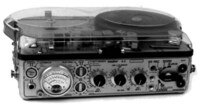 After the production tracks had been recorded in the field, the ¼-inch audiotape (such as from a Nagra) were sent back to the lab or studio for transfer to either 16mm or 35mm sprocketed magnetic film. This initial transfer was a critical stage for the audio (and the person who recorded it), since a poor transfer could easily induce lots of distortion.
After the production tracks had been recorded in the field, the ¼-inch audiotape (such as from a Nagra) were sent back to the lab or studio for transfer to either 16mm or 35mm sprocketed magnetic film. This initial transfer was a critical stage for the audio (and the person who recorded it), since a poor transfer could easily induce lots of distortion.
